Why did yellow spots appear on currant leaves and how to improve the bush?
Yellow spots on currant leaves indicate that the shrub is damaged by diseases or pests. First, you should determine the source of the problem, and then proceed to treatment. Knowing about the reasons for the appearance of yellowness on currant leaves, you should take preventive measures in advance so as not to lose even a small part of the crop.
Diseases leading to the appearance of yellow spots
Diseases due to which yellow spots appear on currant leaves can be of a fungal or viral nature. More often summer residents have to deal with fungal diseases. Their distribution is facilitated by warm and humid weather, poor sanitary condition of the site, and insufficient care of the bush. Viruses are usually carried by insects, but currant bushes can also become infected through dirty tools such as pruning.
Leaf rust
Currants are affected by two types of rust - goblet and columnar. The symptoms of both diseases are slightly different, but the treatment can be carried out in the same way.
Goblet rust
The causative agent of goblet rust is the mushroom Puccinia ribesicaricis Kleb. Initially, the disease manifests itself by the appearance of yellow-brown spots on the outside of the leaves. Later, on the inner side of the leaves, goblet-shaped convex growths are formed containing mycelium spores. These pads are bright orange in color. Later they burst, throwing out eciospores.
Obvious signs of the disease appear on currants closer to the middle of summer, before that the process proceeds in a latent form. Nearby sedge thickets contribute to goblet rust infestation.
If timely measures are not taken, the shrub will shed its leaves prematurely. In this case, you will have to forget about a full-fledged harvest. The winter hardiness of the infected bush decreases, the growth of new shoots stops, the bush dies without treatment. The disease can affect all types of currants and gooseberries.
Columnar rust
The causative agent of columnar rust is the mushroom Cronartium ribicola Dietr. The disease begins to manifest itself by the appearance of small yellowish spots on the upper surface of the leaves. Soon, orange growths containing spores appear below the leaf plates. Affected leaves dry up and fall off ahead of time. When damaged by columnar rust, by the beginning of autumn the bush becomes completely naked.
Columnar rust is often found in areas located near forests, since in nature the fungus infects conifers. Spores are spread by wind, with streams of water during rain.
The fungus hibernates on fallen leaves and in the upper soil layer, and in the spring begins its destructive work. More often, the disease affects old branches, so the currants must be pruned to rejuvenate. It is necessary that the shrub is not deficient in potassium and phosphorus: a lack of these elements leads to a decrease in immunity.
Treatment and preventive measures
Before starting treatment, severely affected leaves are torn off the bush. This is followed by spraying with fungicides. It is necessary to observe the dosage and frequency of treatments.
To combat goblet and columnar rust, use:
- "Previkur". The solution is prepared from 15 ml of the drug and 10 l of water. The peculiarity of the fungicide is that it is effective only in the warm season at temperatures of 13-25 ° C. Personal protective measures are required during processing.The drug is toxic to humans and animals, pollinators, fish.
- "Topaz". The fungicide interrupts the development cycle of the fungus, preventing the formation of new spores. The product is suitable for prevention and treatment. To prepare the solution, you will need 2 ml of the drug per 10 liters of water. The protective effect lasts for 1.5–2 weeks.
- "Speed". Contact fungicide. With frequent use, it loses its effectiveness, so it is better to alternate it with other drugs. The effectiveness decreases when used in cold weather - at temperatures below + 15 ° C. The working solution is prepared from 1 ml of the product per 10 liters of water.
The shrub is sprayed with fungicides immediately after bud opening, before and after flowering. In autumn and early spring, in order to prevent, currants are treated with Bordeaux liquid or a 2% solution of copper sulfate. It is imperative to burn all the fallen leaves and cut diseased branches.
Striped mosaic
Often, the shrub is affected by the striped mosaic virus. Black currant varieties are especially susceptible to the disease. First, yellowness occurs near the veins of the leaf - it looks like a mosaic pattern. Then the leaf plate turns yellow completely.
There can be several ways to infect currants. The virus is transmitted:
- through inoculation of a diseased cutting;
- during trimming with an infected tool;
- harmful insects - aphids and kidney mites.
It is impossible to cure the disease. A diseased bush should be uprooted and burned outside the site. This must be done as quickly as possible so that the nearby shrub does not become infected.
Damage by pests
About 70 species of various insects can affect currants. Gall midges, spider mites, aphids, and scale insects love to feast on juice of currant leaves. At the puncture sites, swellings, brown or yellowish spots appear, then the leaves turn completely yellow. The sooner pest control begins, the less damage will be done to the shrub.
Harmful insects multiply very quickly and in a short time can cause significant damage to currants. If yellow spots appear on the leaves and pests have been noticed, insecticides must be applied. Suitable for this purpose:
- Kinmix;
- "Fufanon";
- Trichlormatafos-3;
- Actellik;
- "Spark";
- Novaktion.
The processing solution is prepared in accordance with the instructions.
During the fruiting period, chemicals are not used. Decoctions and infusions of vegetable raw materials will help scare off pests at this stage.
Insecticidal properties are:
- tobacco leaves;
- garlic;
- onion peel;
- sagebrush;
- tansy;
- tops of tomatoes.
For preventive purposes, the shrubs and soil in the near-stem circle are poured with boiling water in early spring, spicy plants (onions, garlic), fragrant flowers and herbs (sage, lavender, calendula, marigolds, tansy, pelargonium) are planted nearby.
The sooner measures are taken to rid the currants of diseases or pests, the faster it will be possible to restore the health of the shrub. Landings should be regularly inspected in order to timely notice the slightest changes and carry out processing.
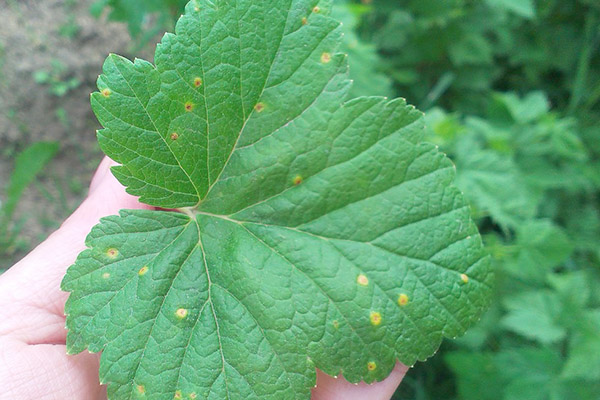

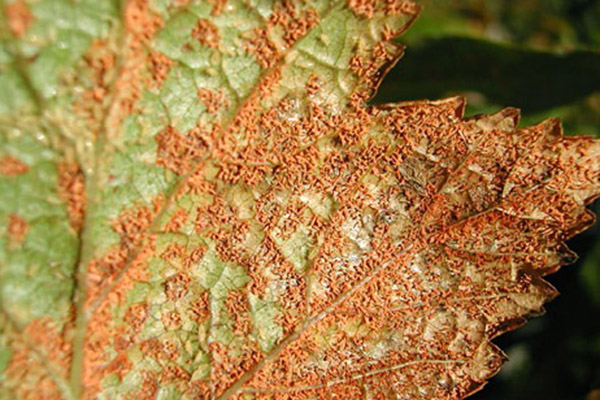

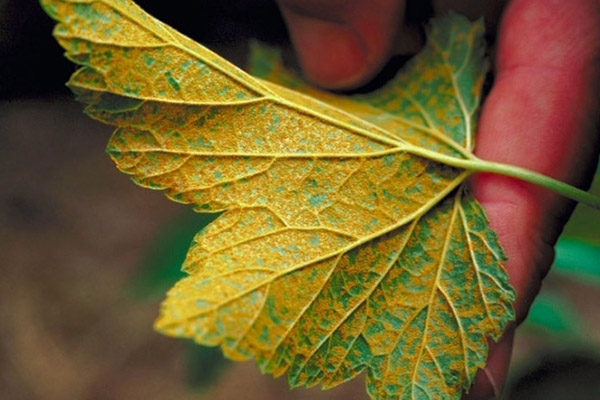
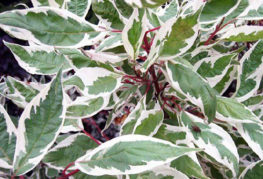
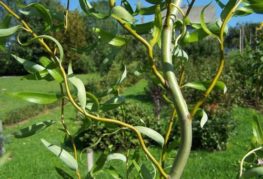
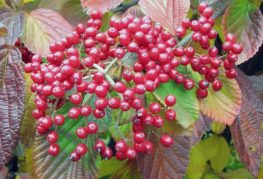
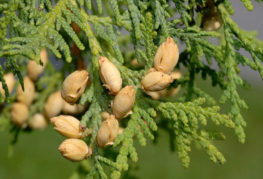
and will be published shortly.